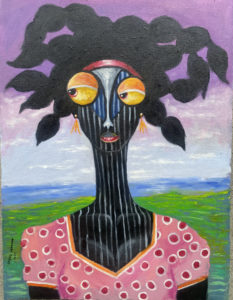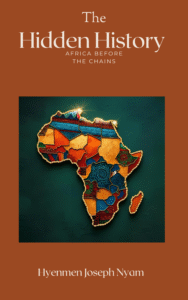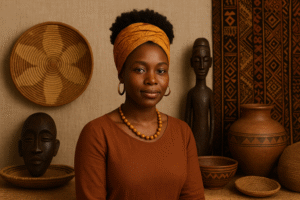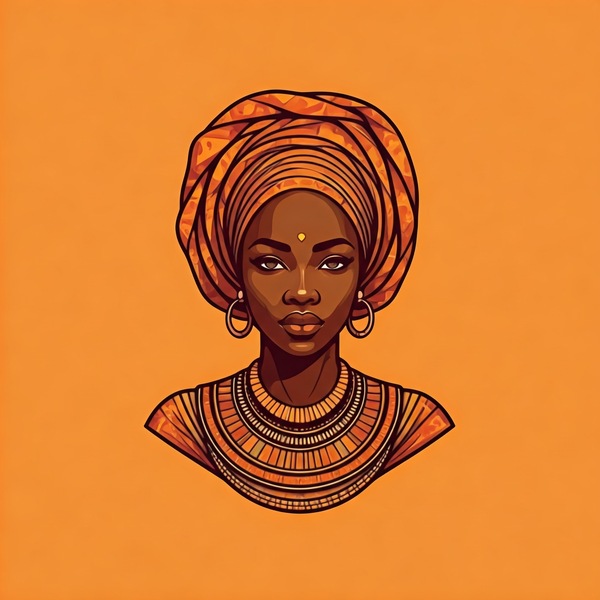Mastery of African Materials and Techniques
From the blazing furnaces of ancient Benin to the meticulous hand of a Kente weaver, the legacy of African artistic practice continues to inspire awe.
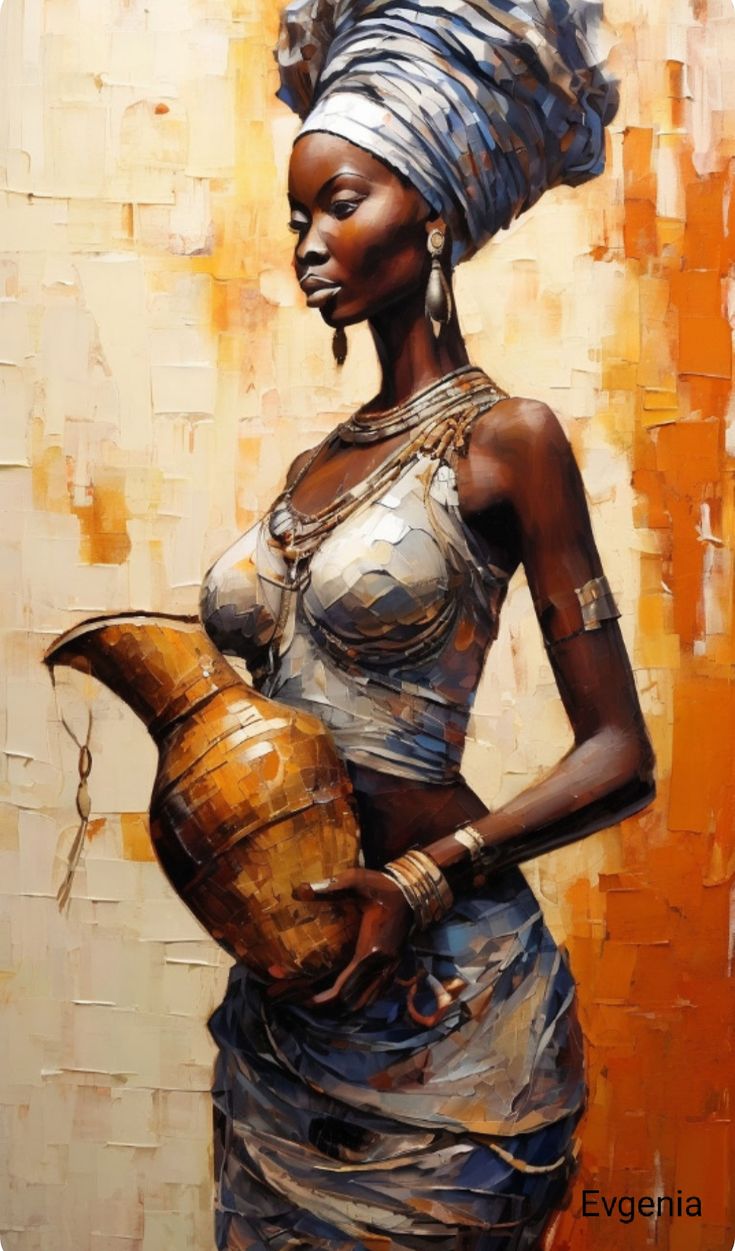
Imagine a world where art isn’t born from manufactured paints and pre-cut canvases, but from the very earth beneath your feet, the trees around you, and the wisdom passed down through generations. This is the realm of traditional African artistic practice – a testament to unparalleled ingenuity, deep material knowledge, and a craftsmanship that elevates raw elements into objects of profound beauty and function. From the earliest fired clay to the most intricate metalwork and vibrant textiles, African artisans mastered a breathtaking array of techniques, forging an enduring legacy that speaks volumes about their resourcefulness and skill.
A Symphony of Diverse Materials
African artists traditionally did not distinguish between “fine art” and “craft”; every object, from a ceremonial mask to a beautifully carved headrest, was imbued with aesthetic and functional purpose. Their material palette was as diverse as the continent itself, meticulously chosen not just for availability, but often for symbolic or spiritual properties.
Wood: The Dominant Medium: Across sub-Saharan Africa, wood reigns supreme as the primary medium for sculpture. Artisans, often specializing in specific types of timber, understood the unique properties of each:
Hardwoods like iroko, ebony, and mahogany offered durability and fine grain for intricate carving.
Softer woods were used for lighter masks or rapid production. The choice of wood could also carry symbolic weight; for example, certain trees might be associated with specific spirits or qualities. Carving tools, initially iron adzes and chisels, allowed for bold forms and detailed surfaces. Finishing techniques included charring, polishing, and applying natural pigments, oils, and patinas, often accumulated through ritual use, which added layers of meaning and transformed the object’s appearance over time.
Metalwork: The Alchemy of Innovation: African metalwork, particularly in iron, copper, bronze, and gold, represents a zenith of ancient technological and artistic achievement.
Iron Smelting: Mastery of iron smelting emerged in Africa independently and remarkably early. Iron was crucial for tools, weapons, and ceremonial objects, symbolizing strength, protection, and often male power. Blacksmiths, revered for their mystical abilities to transform earth into metal, often held significant social and ritualistic roles.
Lost-Wax Casting (Cire Perdue): This highly sophisticated technique, perfected in ancient centers like Ife, Igbo-Ukwu, and Benin, allowed for the creation of incredibly detailed and hollow metal sculptures. The process involves creating a wax model, encasing it in clay, melting out the wax, and pouring molten metal into the empty mold. The resulting bronzes (often brass alloys) from Benin and Ife, with their naturalism and intricate surface details, are considered masterpieces of global art history.
Goldwork: In West Africa, particularly among the Akan people (Ghana, Côte d’Ivoire), gold was transformed into exquisite jewelry, regalia, and ceremonial objects using techniques like hammering, repoussé, and granulation. Gold symbolized royalty, wealth, and the sun’s life-giving power.
Terracotta: Earth Transformed: Pre-dating much of the metalwork, terracotta (fired clay) sculpture is among the earliest artistic expressions in Africa.
The Nok culture in Nigeria, dating back to 1500 BCE, produced distinctive, often fragmented, human figures with remarkable expressive features and intricate hairstyles. The scale and hollow construction of some Nok pieces demonstrate advanced firing techniques for their time.
Terracotta also played a significant role in Ife, where it was used for portraiture and smaller figures, showcasing the versatility of clay as a sculptural medium.
Textiles: Woven Narratives: African textile arts are incredibly rich and diverse, serving not only as clothing but also as powerful vehicles for cultural identity, social status, and symbolic communication.
Weaving: Techniques range from narrow-strip weaving (like the Kente cloth of the Ashanti and Ewe peoples in Ghana, where each geometric pattern carries specific meanings and proverbs) to broader loom weaving.
Dyeing: Natural dyes, particularly indigo, were widely used to create vibrant patterns. Adire cloth (Yoruba, Nigeria) uses resist-dyeing techniques (tie-dye, starch resist) to produce intricate symbolic designs. Aso-Oke (Yoruba) is a hand-woven cloth used for special occasions, its patterns signifying lineage and status.
Appliqué and Embroidery: Used to create pictorial narratives or elaborate patterns on fabrics, seen notably in the historical banners of the Fon people of Benin.
Beadwork and Adornment: Beads, whether made from glass, shell, seeds, or metal, were meticulously crafted and arranged into complex patterns for jewelry, regalia, ritual objects, and to adorn figures. Beadwork often conveyed social status, wealth, spiritual protection, and ethnic identity, as seen in the vibrant beadwork of the Yoruba, Zulu, and Maasai.
Other Natural Materials: African artisans masterfully incorporated a wide array of natural materials, each adding unique texture, color, and symbolic weight:
Feathers: Often used on masks and headdresses, signifying power, agility, or connection to the avian world.
Animal Hide and Leather: Utilized for drums, shields, clothing, and to adorn figures, symbolizing strength and protection.
Shells and Cowrie Shells: Used as currency, for adornment, and as symbols of fertility and prosperity.
Pigments: Derived from natural sources like earth (ochre, clay), plants, and charcoal, these were used for painting on wood, rock, and the body.
The Crafting Process: Skill, Ritual, and Community
The creation of traditional African art was rarely a solitary act; it was often embedded in communal life and sometimes surrounded by ritual.
Apprenticeship and Specialization: Knowledge of techniques was passed down through generations, with apprentices learning from master artisans over many years. This ensured the preservation of complex skills.
The Artisan’s Status: Blacksmiths, carvers, and weavers were often highly respected members of society, sometimes associated with spiritual power due to their ability to transform raw materials.
Ritual Preparations: Before beginning a significant piece, an artist might perform rituals, make offerings, or observe taboos to purify themselves and invoke divine assistance, ensuring the efficacy and spiritual power of the artwork.
Collaboration: While a primary artist might lead, the creation of complex pieces often involved multiple hands, from material gathering to finishing.
An Unending Wellspring of Ingenuity
The materials, techniques, and craftsmanship evident in traditional African art represent an astonishing testament to human ingenuity and artistic vision. These are not merely decorative objects, but sophisticated creations born from deep cultural understanding, technical mastery, and a profound respect for the natural world. From the blazing furnaces of ancient Benin to the meticulous hand of a Kente weaver, the legacy of African artistic practice continues to inspire awe. It reminds us that true artistry lies not just in the finished product, but in the intelligent transformation of raw materials, the skilled hand, and the enduring spirit of creativity that flows through generations. This rich foundation continues to inform and enrich contemporary African art, demonstrating an unbroken chain of artistic excellence rooted in the continent’s diverse landscapes and vibrant cultures.

